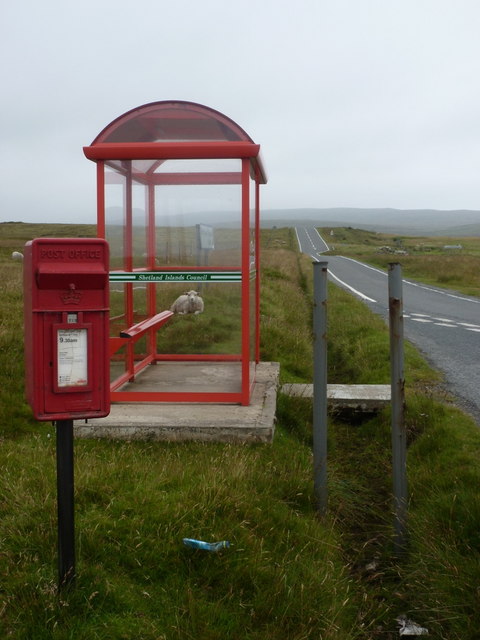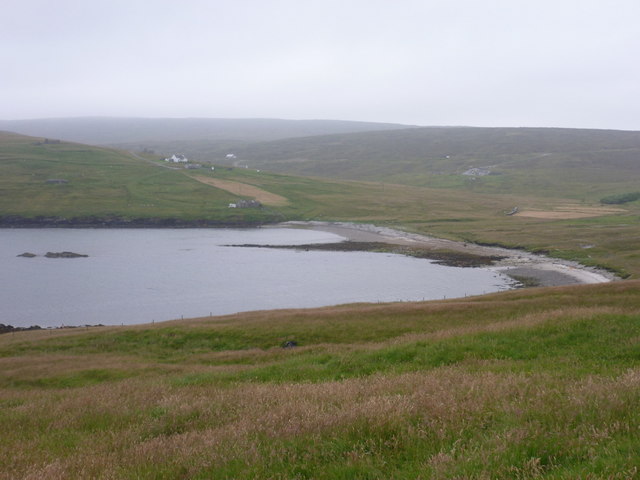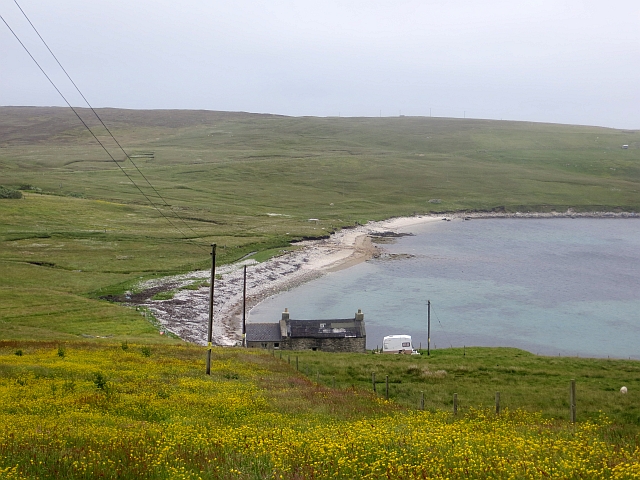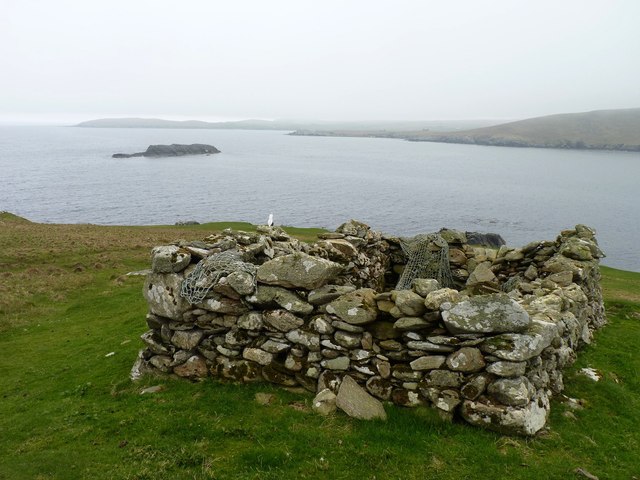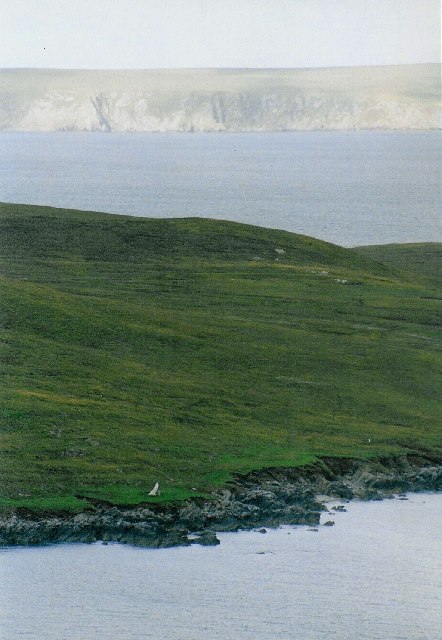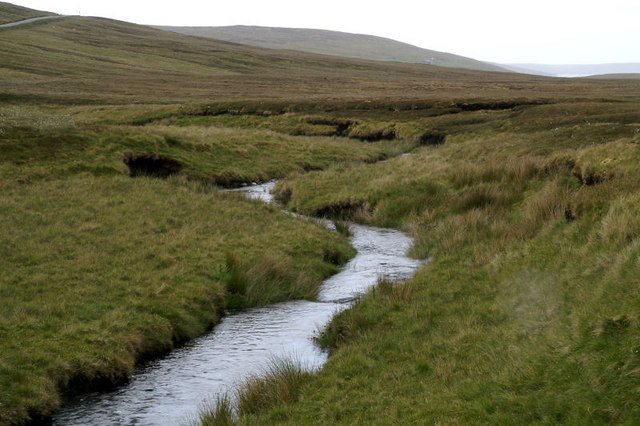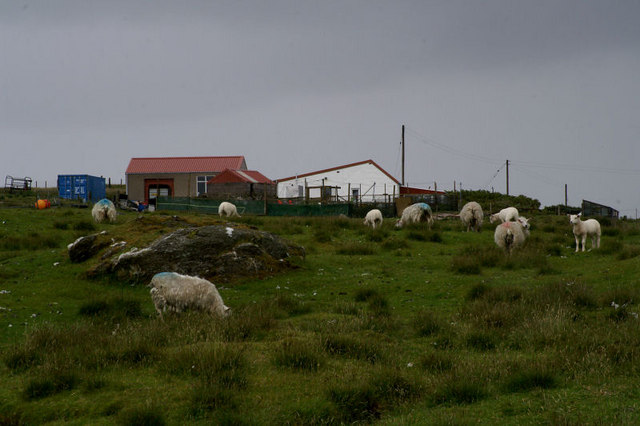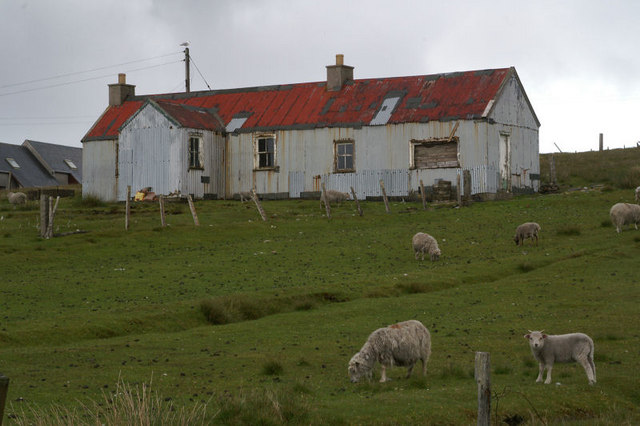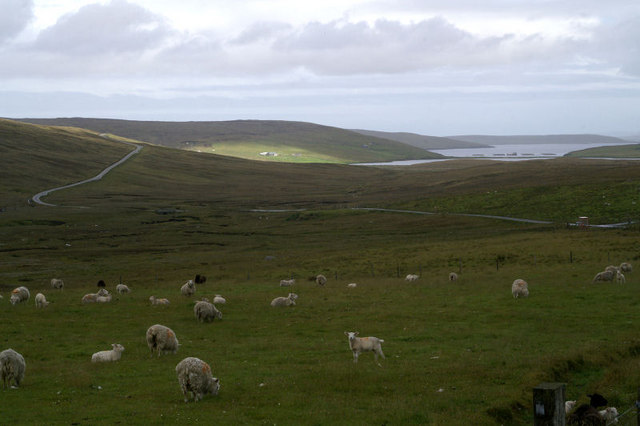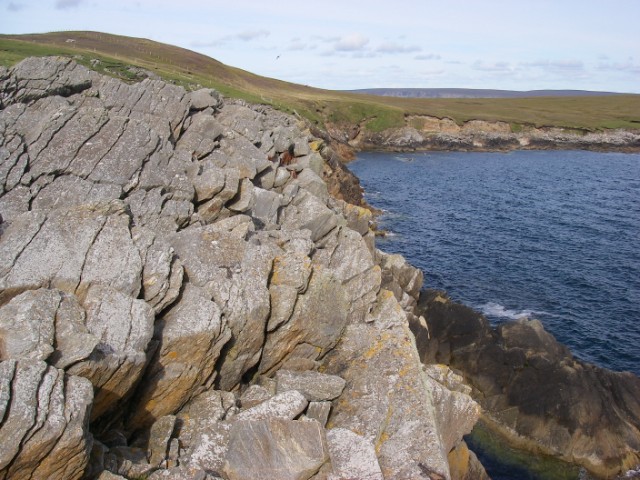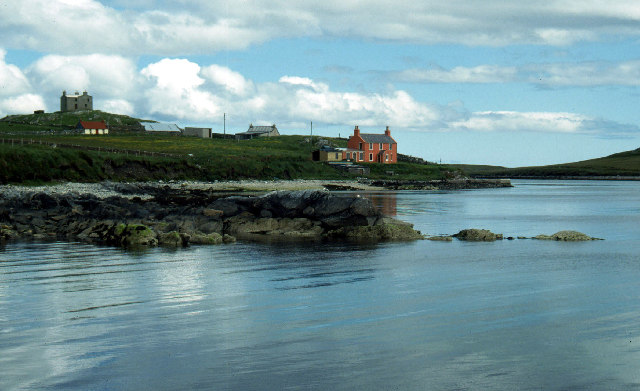Salt Wick
Bay in Shetland
Scotland
Salt Wick
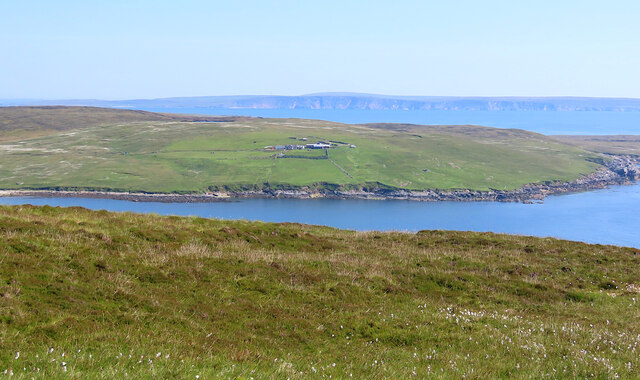
Salt Wick is a picturesque bay located on the island of Shetland, Scotland. Situated on the west coast of the mainland, it is nestled between the towns of Lerwick and Scalloway. The bay stretches approximately 1.5 kilometers in length and is characterized by its pristine sandy beach, rugged cliffs, and crystal-clear turquoise waters.
The bay is a popular destination among locals and tourists alike, offering a serene and tranquil atmosphere. Its natural beauty is enhanced by the surrounding rolling hills and lush greenery, providing a stunning backdrop for visitors to enjoy. Salt Wick is also known for its abundant wildlife, making it a haven for birdwatchers and nature enthusiasts.
The beach itself is a hidden gem, boasting fine golden sand and a gentle slope into the sea, making it ideal for swimming and sunbathing during the warmer months. A small stream, known as the Salt Wick Burn, meanders through the bay, adding to its charm and providing a source of freshwater.
Despite its idyllic setting, Salt Wick remains relatively untouched and unspoiled, lacking any commercial development or facilities. This adds to its appeal for those seeking a peaceful retreat away from the hustle and bustle of city life.
Overall, Salt Wick in Shetland is a stunning bay that offers visitors a chance to connect with nature in a serene and untouched environment. Its natural beauty, combined with its peaceful atmosphere, makes it a must-visit destination for those exploring the Shetland Islands.
If you have any feedback on the listing, please let us know in the comments section below.
Salt Wick Images
Images are sourced within 2km of 60.555129/-1.0161053 or Grid Reference HU5486. Thanks to Geograph Open Source API. All images are credited.
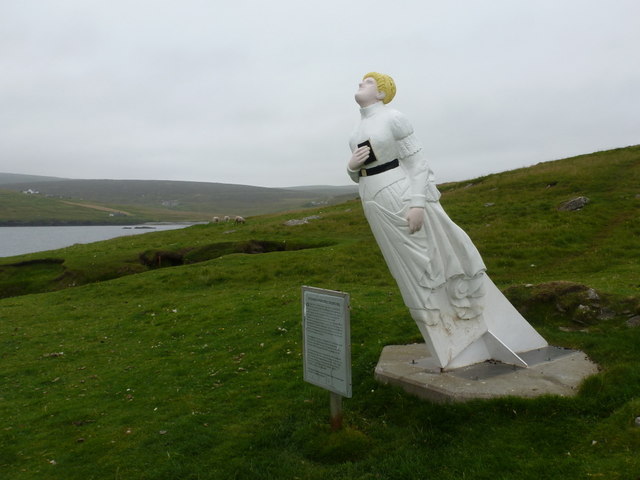
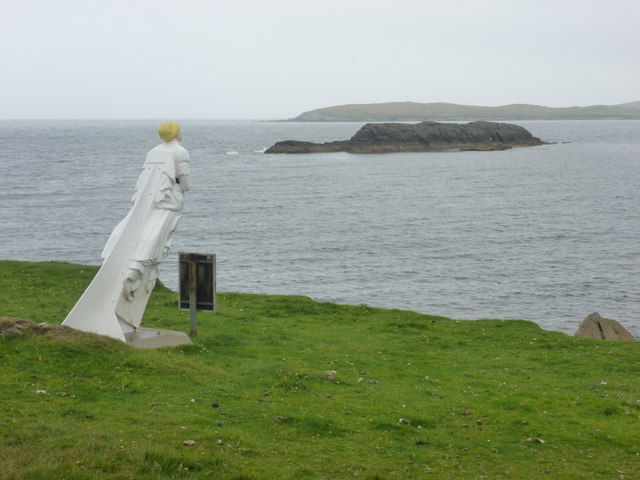
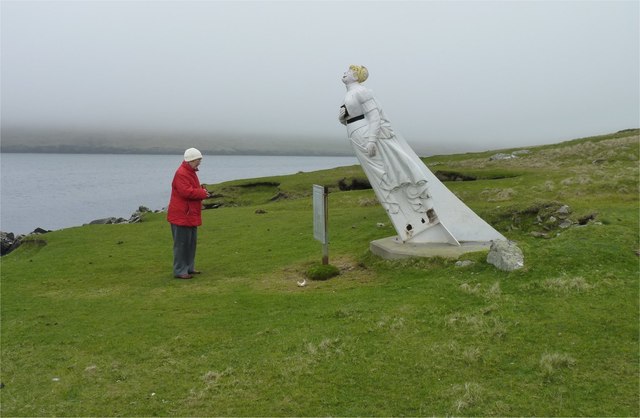
![Figurehead of the "White Wife" According to local tradition (and thus published many times) The White Wife (or White Lady) of Otterswick is said to be a German lady.
According to her life records we have to say that Bertha is a British girl or more correctly a Scottish girl, &quot;born in Grangemouth of German parents&quot;.
She was the figurehead of the steel barque Bertha built in 1892 by Grangemouth Dockyard Co., Grangemouth, as yard no. 163. Her dimensions were: 74,11×11,70×6,88 metres [248&#039;2&quot;×38&#039;4&quot;×22&#039;4&quot;] and with a tonnage of 1653 GRT (1499 NRT and 2600 DWT). She was launched at the shipyard of Grangemouth Dockyard Co. for Joh. H. Soost, Hamburg on July 6th, 1892 and assigned the official German signal RJQD.
She was named after Bertha, the eldest daughter of Joh. H. Soost, and this should be the proper name of The White Lady.
In 1899 she was sold to Captain M. Dietrich, Hamburg, and thereafter changed hands several times. In her great days until 1912 she did a lot of long distance runs such as 1904 from Lizard Point to Seattle in 154 days, 1906 from Lizard Point to Sydney in 117 days and again in 1909 in 114 days or in 1910 from Sydney to Falmouth f/o in 129 days.
In 1912 she was sold to Sweden changed hands several times and ended up with Förnyade Ångfartygs AB Viking, Gothenburg, for SEK 500.000. She was then renamed Bohus and assigned the official Swedish Reg. No. 5903 and signal KBCV. Captain at that time was Mr Ragnar Erik Nyberg, Stockholm. Bertha was bound to the Baltic Sea, mostly sailing in Swedish and Finnish waters.](https://s0.geograph.org.uk/photos/60/69/606956_9287ed4c.jpg)
Salt Wick is located at Grid Ref: HU5486 (Lat: 60.555129, Lng: -1.0161053)
Unitary Authority: Shetland Islands
Police Authority: Highlands and Islands
What 3 Words
///plantings.tenses.riskiest. Near Ulsta, Shetland Islands
Nearby Locations
Related Wikis
Aywick
Aywick is a small settlement on the east side of Yell, an island forming part of the Shetland Islands north of Scotland.The naturalist Bobby Tulloch was...
Otterswick
Otterswick is a hamlet on the island of Yell in the Shetland Islands, on the inlet of Otters Wick. It is on the east side of the island. There is also...
Gossabrough
Gossabrough is a coastal hamlet, wick and ness on the southeast side of the island of Yell, Shetland, Scotland. The Wick of Gossabrough lies between the...
Mid Yell
Mid Yell is a coastal settlement on the island of Yell, the second largest of Shetland Islands, Scotland. Mid Yell, the largest settlement on the island...
Burra Voe
Burra Voe (Old Norse: Borgavagr, Broch Bay) is sheltered bay (voe) at the southeast corner of the island of Yell. The village of Burravoe (HU525795) is...
Burravoe
Burravoe is a community on the north shore of Burra Voe, in the south-east part of the island of Yell in the Shetland Islands, Scotland. The name Burravoe...
Old Haa Museum
The Old Haa of Brough in located in Burravoe, Yell, Shetland, Scotland. Built for Robert Tyrie, a merchant, in 1672, houses the local museum for Burravoe...
Hascosay
Hascosay (Scots: Hascosay; Old Norse "Hafskotsey") is a small island lying between Yell and Fetlar in the Shetland Islands, Scotland. == Geography and... ==
Nearby Amenities
Located within 500m of 60.555129,-1.0161053Have you been to Salt Wick?
Leave your review of Salt Wick below (or comments, questions and feedback).
